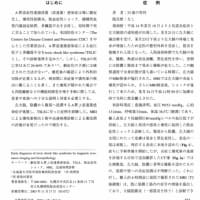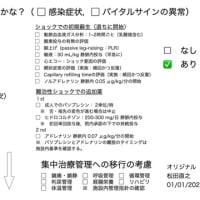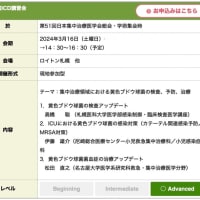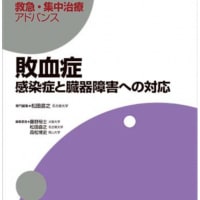The mitochondrial origin of postischemic arrhythmias
Fadi G. Akar, Miguel A. Aon, Gordon F. Tomaselli and Brian O’Rourke
Division of Cardiology, Johns Hopkins University School of Medicine, Baltimore, Maryland, USA.
Brian O’Rourke, Division of Cardiology, Johns Hopkins University, 720 Rutland Avenue, Ross 844, Baltimore, Maryland 21205, USA. Phone: (410) 614-0034; Fax: (410) 955-7953; E-mail: bor@jhmi.edu.
Recovery of the mitochondrial inner membrane potential (m) is a key determinant of postischemic functional recovery of the heart. Mitochondrial ROS-induced ROS release causes the collapse of m and the destabilization of the action potential (AP) through a mechanism involving a mitochondrial inner membrane anion channel (IMAC) modulated by the mitochondrial benzodiazepine receptor (mBzR). Here, we test the hypothesis that this mechanism contributes to spatiotemporal heterogeneity of m during ischemia-reperfusion (IR), thereby promoting abnormal electrical activation and arrhythmias in the whole heart. High-resolution optical AP mapping was performed in perfused guinea pig hearts subjected to 30 minutes of global ischemia followed by reperfusion. Typical electrophysiological responses, including progressive AP shortening followed by membrane inexcitablity in ischemia and ventricular fibrillation upon reperfusion, were observed in control hearts. These responses were reduced or eliminated by treatment with the mBzR antagonist 4'-chlorodiazepam (4'-Cl-DZP), which blocks depolarization of m. When applied throughout the IR protocol, 4'-Cl-DZP blunted AP shortening and prevented reperfusion arrhythmias. Inhibition of ventricular fibrillation was also achieved by bolus infusion of 4'-Cl-DZP just before reperfusion. Conversely, treatment with an agonist of the mBzR that promotes m depolarization exacerbated IR-induced electrophysiological changes and failed to prevent arrhythmias. The effects of these compounds were consistent with their actions on IMAC and m. These findings directly link instability of m to the heterogeneous electrophysiological substrate of the postischemic heart and highlight the mitochondrial membrane as a new therapeutic target for arrhythmia prevention in ischemic heart disease.
Fadi G. Akar, Miguel A. Aon, Gordon F. Tomaselli and Brian O’Rourke
Division of Cardiology, Johns Hopkins University School of Medicine, Baltimore, Maryland, USA.
Brian O’Rourke, Division of Cardiology, Johns Hopkins University, 720 Rutland Avenue, Ross 844, Baltimore, Maryland 21205, USA. Phone: (410) 614-0034; Fax: (410) 955-7953; E-mail: bor@jhmi.edu.
Recovery of the mitochondrial inner membrane potential (m) is a key determinant of postischemic functional recovery of the heart. Mitochondrial ROS-induced ROS release causes the collapse of m and the destabilization of the action potential (AP) through a mechanism involving a mitochondrial inner membrane anion channel (IMAC) modulated by the mitochondrial benzodiazepine receptor (mBzR). Here, we test the hypothesis that this mechanism contributes to spatiotemporal heterogeneity of m during ischemia-reperfusion (IR), thereby promoting abnormal electrical activation and arrhythmias in the whole heart. High-resolution optical AP mapping was performed in perfused guinea pig hearts subjected to 30 minutes of global ischemia followed by reperfusion. Typical electrophysiological responses, including progressive AP shortening followed by membrane inexcitablity in ischemia and ventricular fibrillation upon reperfusion, were observed in control hearts. These responses were reduced or eliminated by treatment with the mBzR antagonist 4'-chlorodiazepam (4'-Cl-DZP), which blocks depolarization of m. When applied throughout the IR protocol, 4'-Cl-DZP blunted AP shortening and prevented reperfusion arrhythmias. Inhibition of ventricular fibrillation was also achieved by bolus infusion of 4'-Cl-DZP just before reperfusion. Conversely, treatment with an agonist of the mBzR that promotes m depolarization exacerbated IR-induced electrophysiological changes and failed to prevent arrhythmias. The effects of these compounds were consistent with their actions on IMAC and m. These findings directly link instability of m to the heterogeneous electrophysiological substrate of the postischemic heart and highlight the mitochondrial membrane as a new therapeutic target for arrhythmia prevention in ischemic heart disease.



























